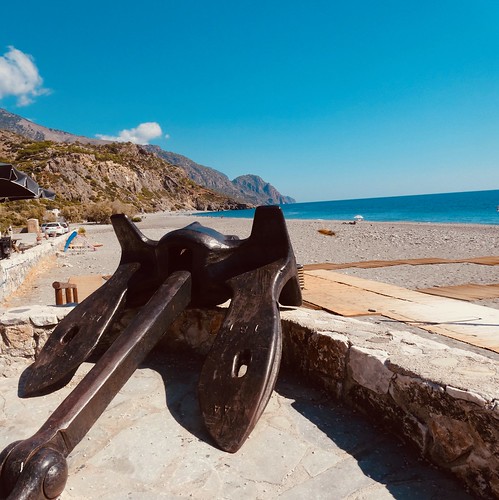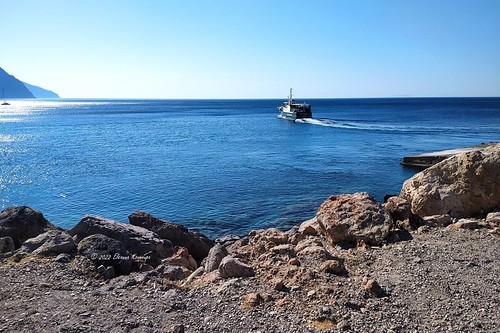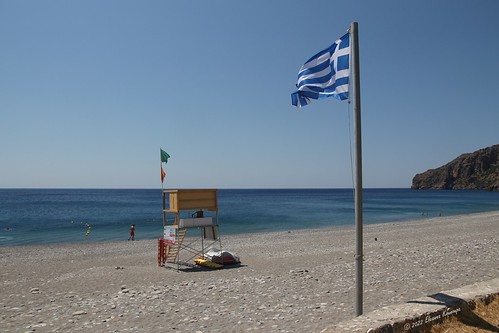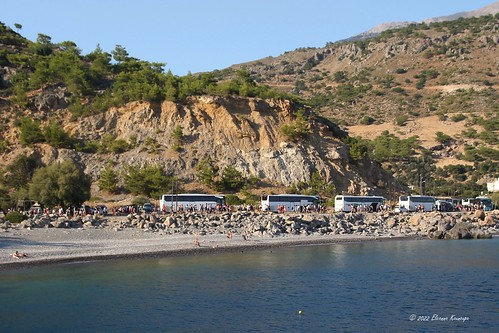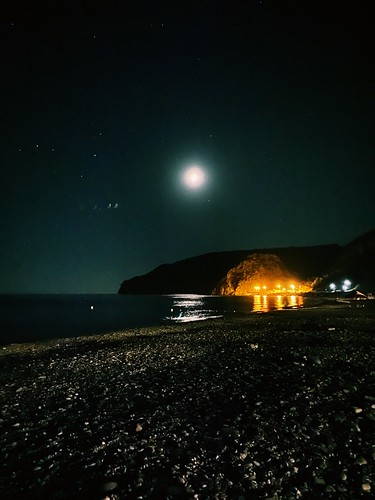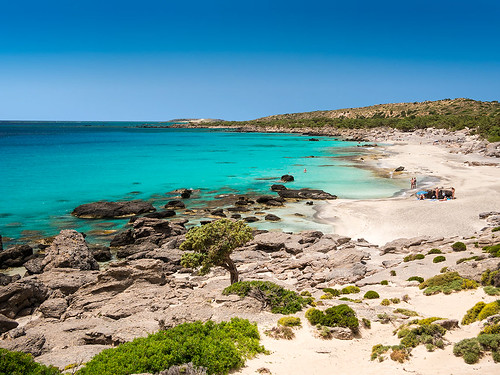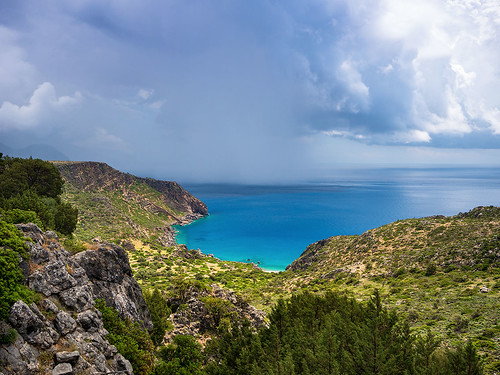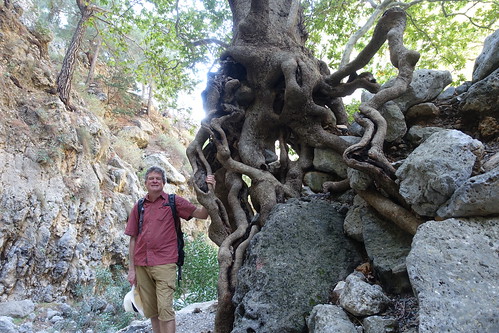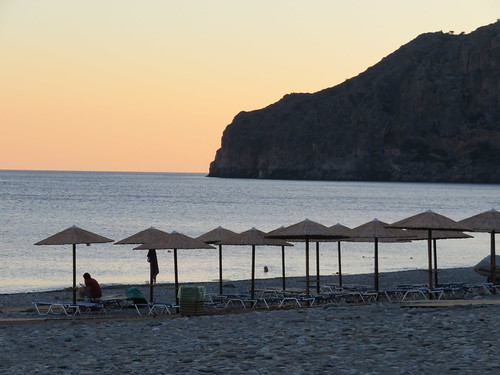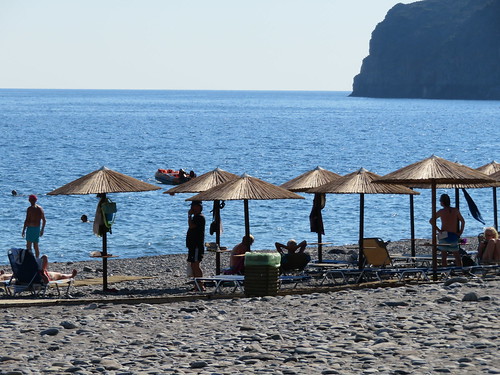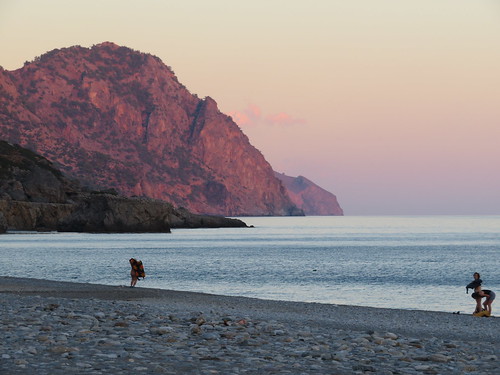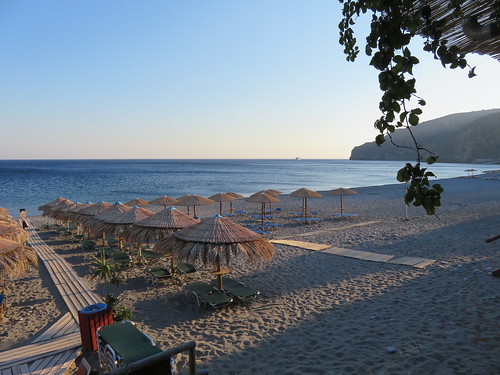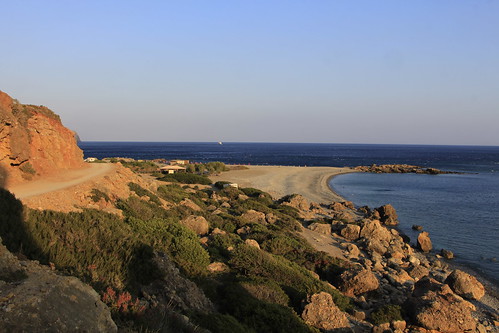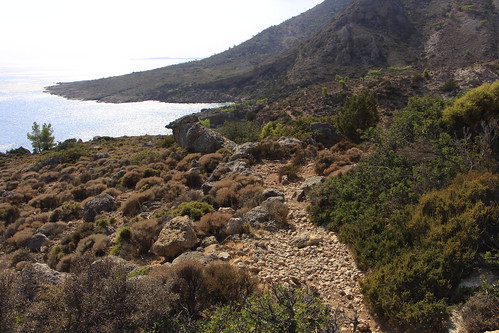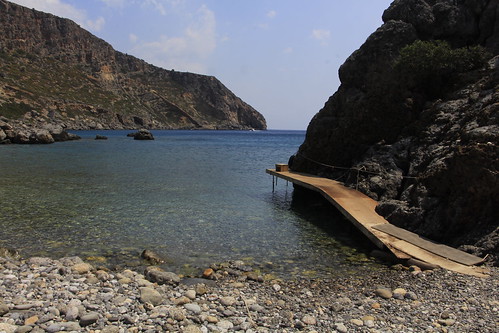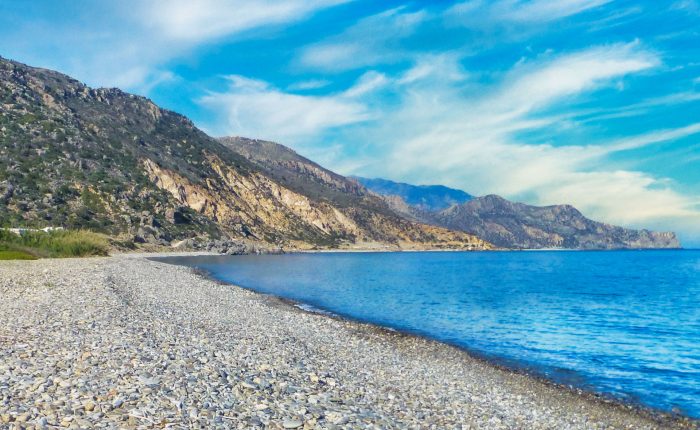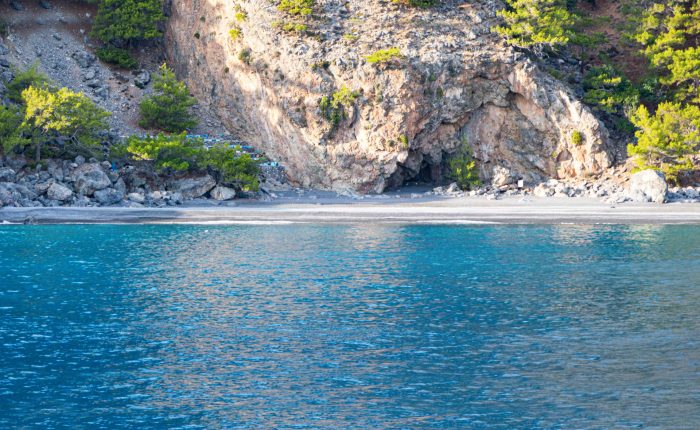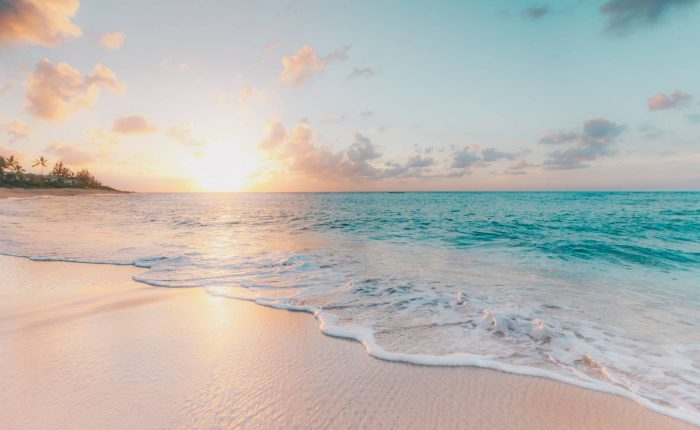Sougia is a small village located 75km west of Chania city and has a fascinating history. It was once a favorite destination for hippies in the 70s’, and today it is still a great choice for peaceful holidays in a stunning landscape. Here you will find all the basic amenities, such as restaurants, taverns, rooms, coffee shops, bars, and a mini market; however, there are no gas stations, hospitals, pharmacies, or banks in the area.
The village fronts a quiet long beach with coarse sand and clear, deep water. It starts from the small harbor of Sougia at the exit of Lissos Gorge and extends eastward for 1.5km, ending in a small, hidden cove that is popular with naturists. The beach in front of the village offers umbrellas, showers, sports, and a lifeguard tower. There are also plenty of tamarisk trees along the beach providing much-needed shade. During the summer, ferries run daily from Sougia to Chora Sfakion, Paleochora, Agia Roumeli, Gavdos Island, and Loutro.
Sougia’s ancient name ‘Syia’, meaning ‘place of hogs’, is a nod to the plentiful acorns that used to feed the pigs in the area. It is also home to the ruins of the Doric town of Elyros, a city of 16,000 that flourished between 500 and 350 BC and had its own currency and was renowned for making weapons. Here visitors can also explore the church of Saint Panteleimon, built on the site of the early Christian Basilica of Syia, which still preserves ancient mosaics on the floor depicting scenes from nature and dating back to the 6th century AD.
Hikers will also find plenty to explore in the area, including the magnificent Gorge of Agia Irini and the ancient city of Lissos, which was the second seaport of Elyros. A stroll through the gorge will take around 1.5-2 hours, and you can find the ruins of Lissos, its theatre, thermal baths, and the Asclepeion, which is watered by the spring of Lissos. Following the E4 trail east leads to the chapel of St. Anthony, hidden in a scenic cove, and the legendary cave of Polyphemus.









